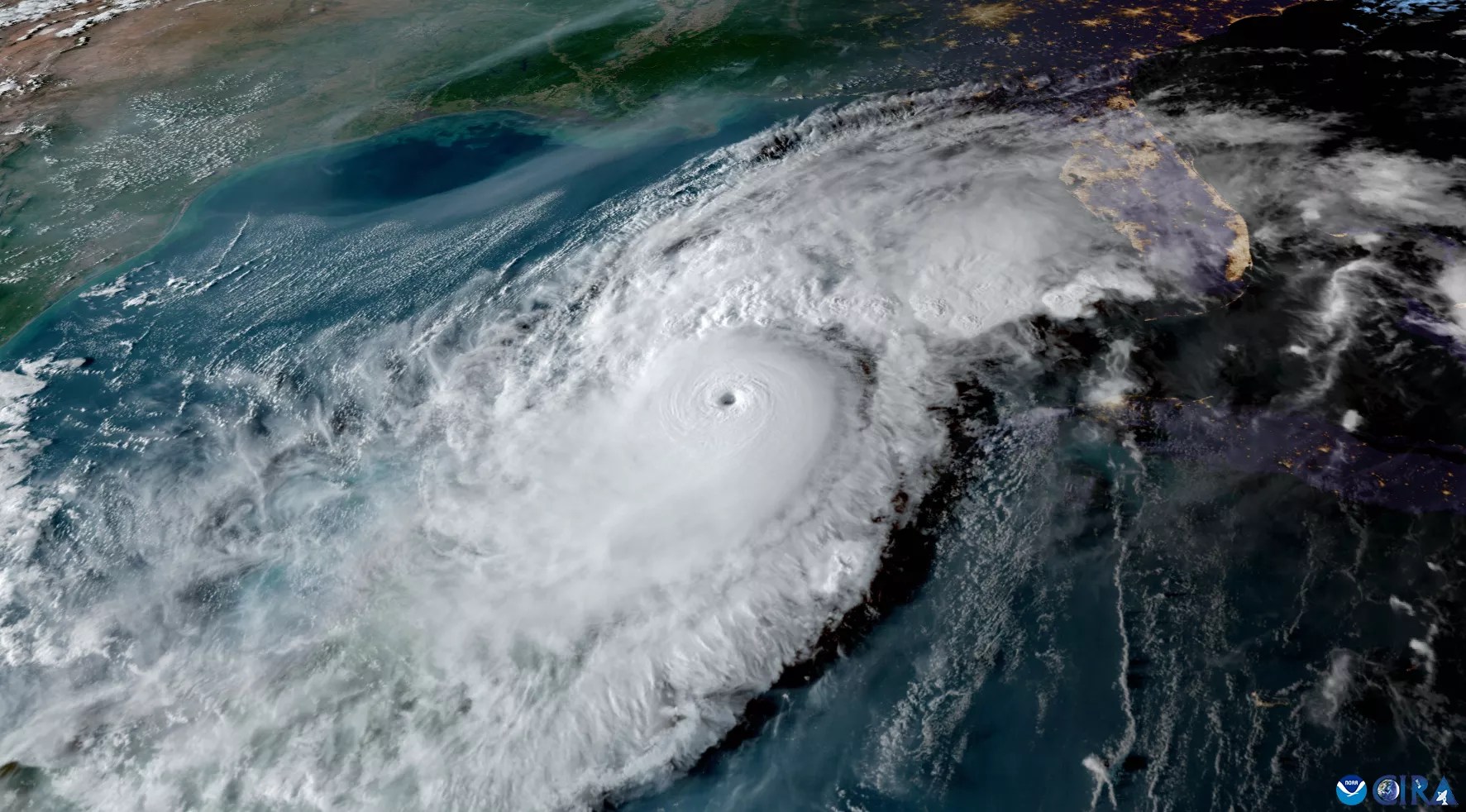
Photo by the National Oceanic and Atmospheric Administration (NOAA)

Audio By Carbonatix
As temperatures rise, so do anxieties: hurricane season is here in Miami. South Florida residents, long familiar with the region’s temperamental weather, look to local news and government to know whether to get out, batten down the hatches, or stock up on liquor and Publix cookie cakes for their hurricane parties.
But this year, the information that Miamians are so dependent on might come at a delay, if it comes at all. Due to federal funding cuts handed down from the Department of Government Efficiency, the National Weather Service (NWS), which is part of the National Oceanic and Atmospheric Administration (NOAA), are two of many agencies to lose funding and staff in recent months. Prominent local meteorologist John Morales warned South Florida residents about these decisions on NBC6.
From hurricane forecasts to coral bleaching, the cuts in funding will impact South Florida in more ways than one.
Degraded Forecasting
Miami, make your New Year’s Resolution Count!
We’re $16,000 away from our End-of-Year campaign goal, with just a five days left! We’re ready to deliver — but we need the resources to do it right. If Miami New Times matters to you, please contribute today to help us expand our current events coverage when it’s needed most.
The funding cuts could make it harder for staff to monitor hurricane intensity and path, undermining their ability to determine a storm’s proximity. Declining forecast quality will also hinder Floridians’ ability to plan, evacuate, and stock up on supplies, increasing uncertainty across the state. In June 2025, former NWS meteorologist Brian LaMarre wrote of his anxieties about the funding cuts.
“One thing that keeps me up at night is the thought of a high-impact weather event, such as a hurricane, aiming down on a highly vulnerable area where people did not evacuate or were not prepared for its impacts,” he wrote for the Invading Sea. “Given the recent and proposed impacts to the federal government, I worry about the National Weather Service (NWS), the agency that provides you with your daily weather forecasts and life-saving warnings.”
John Cortinas, deputy assistant administrator for science at NOAA’s Office of Oceanic and Atmospheric Research, echoed those concerns to New Times. “It’s those observations that are key to understanding how the weather will evolve over the next day or two or three or four. Without having those observations consistently, there will be some impact to the forecast,” he said.
Understaffing Leads to Less Data Collection
Funding cuts have left every NWS station in Central and South Florida understaffed by between 20 and 40 percent, forcing fewer employees to shoulder more work, according to Morales. In the last five months alone, weather balloon launches meant to collect data have decreased by 17 percent. Morales also estimates that reduced staffing will leave the NOAA unable to launch its Hurricane Hunters, aircraft equipped to fly into hurricanes and gather critical data.
“With less reconnaissance missions, we might be flying blind, and we may not exactly know how strong a hurricane is before it reaches the coastline, like what happened a couple years ago in Hurricane Otis in Acapulco, Mexico,” Morales said.
Cortinas said funding cuts have forced some stations to end 24-hour operations, limiting the NWS’ and NOAA’s ability to deliver timely updates on critical events like overnight hurricane landfalls.
Future Forecasts and Research
NOAA’s work goes beyond short-term forecasts, Cortinas said – it includes developing models to improve storm prediction, tracking, and preparedness, as well as refining how current data is analyzed (models that Cortinas described as the backbone of the NWS’s hurricane forecasts). Federal cuts threaten to derail that research.
“What’s been proposed is that all of those laboratories, including the one in Miami, go away,” Cortinas said. “That’s what the White House has proposed for next year.”
Daily Affairs and Weekend Plans
Andy Hazelton, an associate scientist at the University of Miami and former NOAA researcher, emphasizes that NOAA’s data is crucial for tracking long-term natural disasters and helping people plan their everyday lives.
“Obviously, hurricanes are a big example, but even trying to make decisions about what to wear for the day or if it’s gonna rain for your weekend getaway, lots of things like that.”